Podcast 608: Roofs with Self-adhered Membranes, Heating and Cooling Loads, and Introducing People to Trade Work
The crew hears from listeners about protecting buried posts, hydronic HVAC, and building affordable houses. Discussion questions include small low-slope roofs, calculating heating and cooling loads, and encouraging the next generation of trade workers.
Follow the Fine Homebuilding Podcast on your favorite app. Subscribe now and don’t miss an episode:
 |
YouTubers have thoughts on buried posts. Keegan describes his HVAC system. David thinks multifamily homes have additional costs. Micah is considering a low-slope roof with a self-adhered membrane. Architect Ethan needs a way to calculate HVAC loading.

The Sustainable Home Building Accelerator
This intensive, interactive online series of courses is designed to rapidly advance your knowledge of sustainable home design and construction. Whether you’re an architect, builder, or a homeowner, we’ll give you the information and confidence to design and build well-crafted, practical homes that maximize performance and comfort.
Over 11 hours of video. AIA Approved 10 HSW/LU Credits. Resnet 10 PD Credits.
When you purchase all three courses, you’ll receive access to a year of GBA Prime as well as a copy of the Pretty Good House book!
Remember the code PODCAST20 for any Fine Homebuilding courses.
Editor Updates:
- Mike’s: Carpenter-influenced bodywork
- Patrick’s: Painting in late fall and Ian’s TDS Custom Construction Open House on December 3
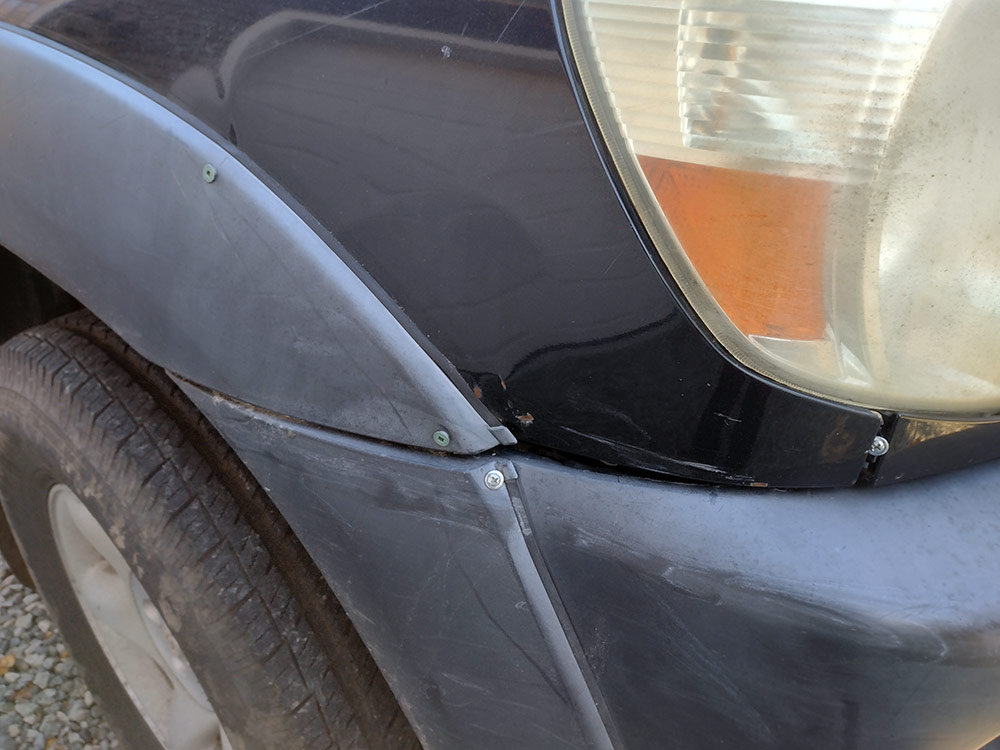 |
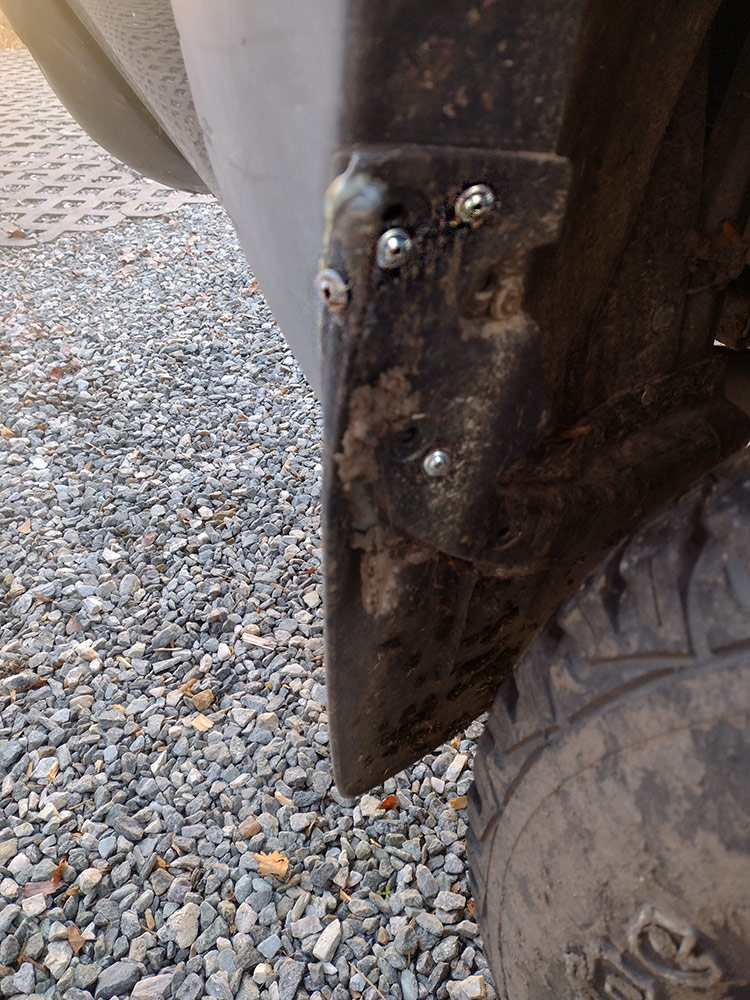 |
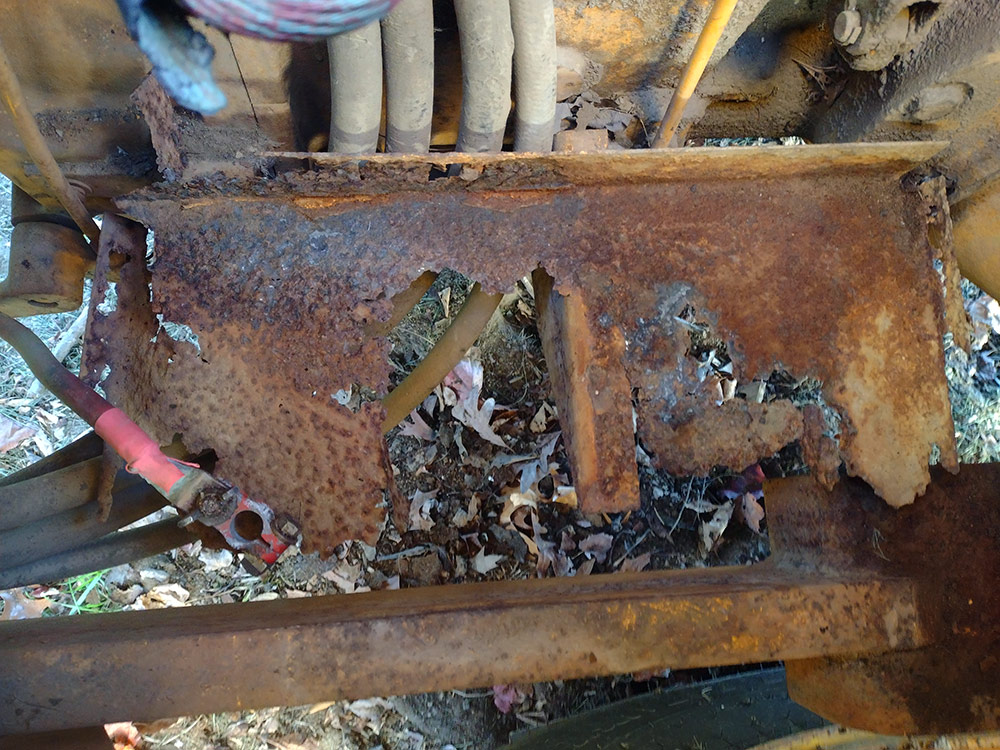 |
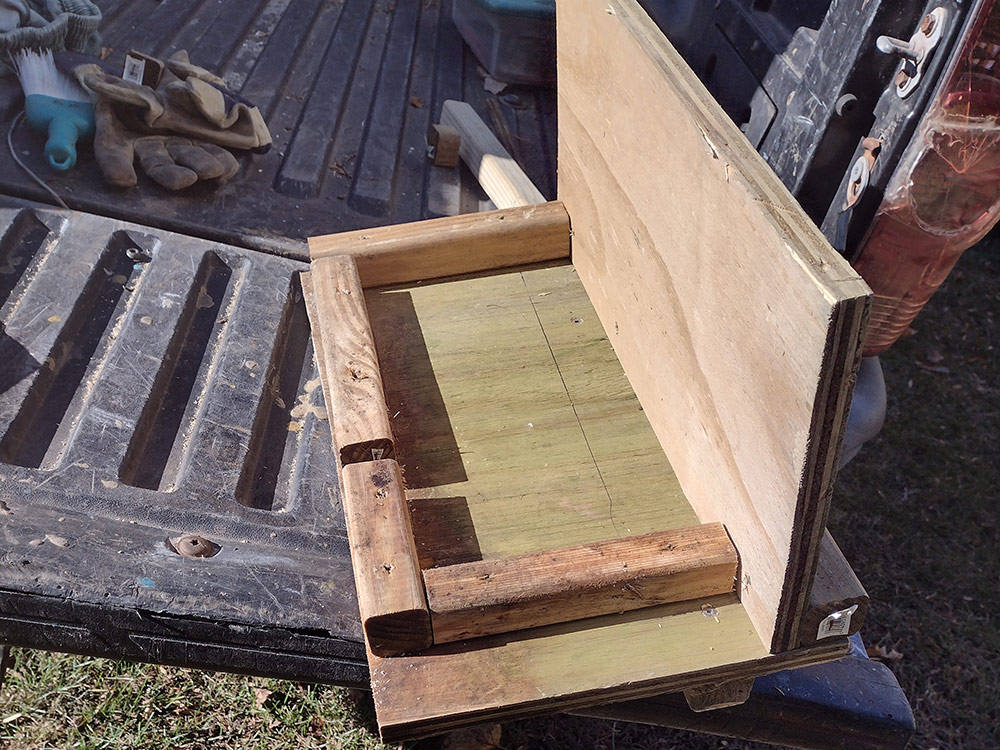 |
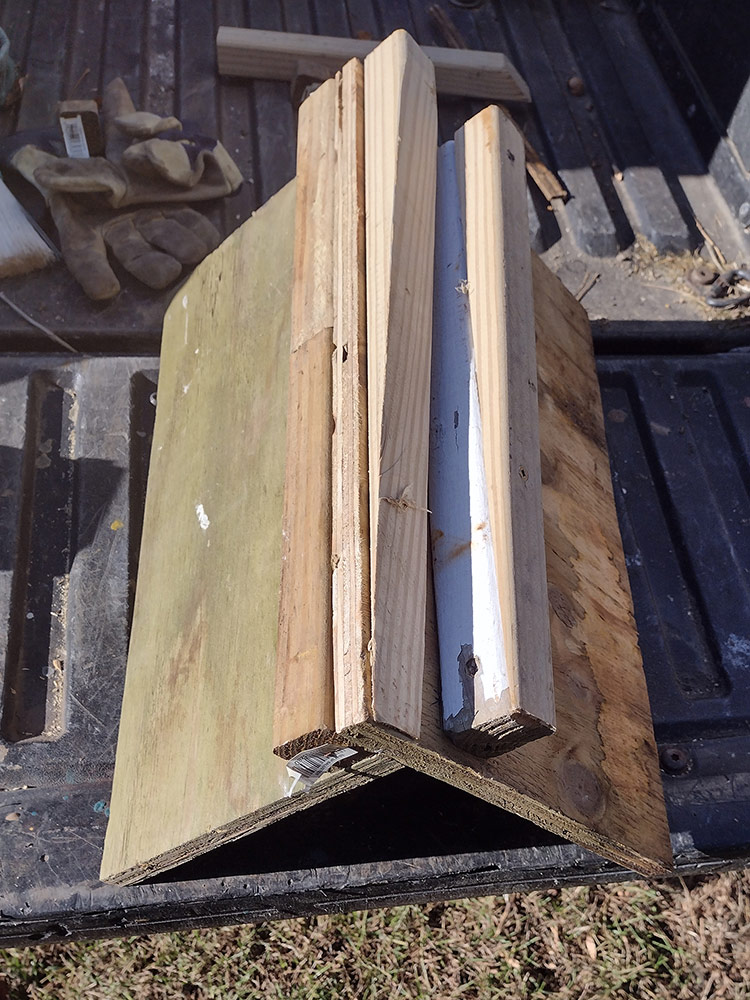 |
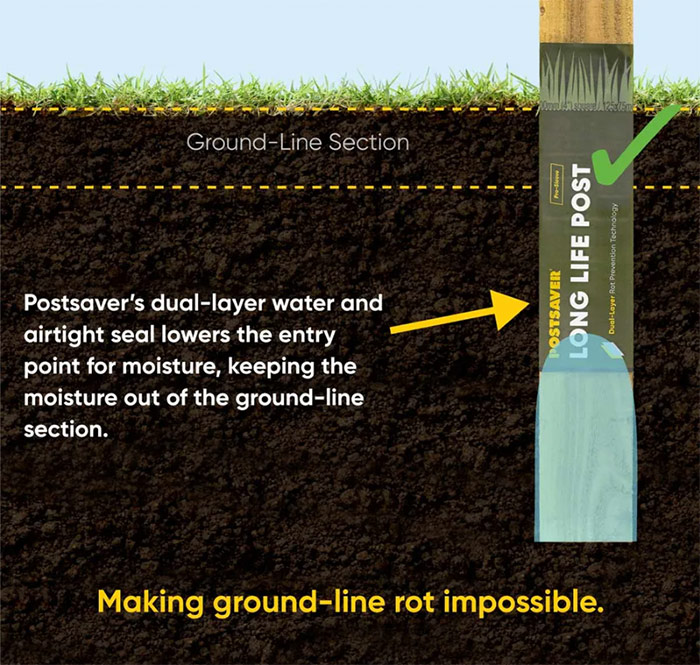 Listener Feedback 1:
Listener Feedback 1:

On protecting buried posts in Episode 603
Ryan on YouTube writes: Someone makes a heat shrink tube to cover the area where a fence post exits the ground. I think they are about 8 in. tall and come in different diameters.
Ronnie on YouTube: Good glue.
Related Links:
Listener Feedback 2:
Keegan writes: In episode 600, a listener wrote in about his overly complex HVAC system in his new house in Minnesota. I have a few thoughts about simplifying the system. I chose to use a Spacepak 3-ton, outdoor air-to-water heat pump to handle all of my heating and cooling needs in one unit. This was a very nerve-racking decision, as I feel that this is pretty new technology to the market. I was lucky to have an amazing hydronic contractor here in north Idaho that helped me with the installation.
Here’s a quick overview of my system: A Spacepak 3-ton outdoor unit; traditional barrier PEX hydronic slab heating and cooling in the basement; three head units upstairs that are serviced with hot water and cold water instead of refrigerant; and an offset 50-gallon NTI domestic hot water tank.
This 3-ton unit cost about $12,000 with the three mini head units (2@6k, 1@12k) and the supplied tank. My house is about 2700 sq. ft. conditioned, plus a 900-sq.-ft. garage with its own hydronic zone. In a nutshell, the house construction is double-stud, dense-packed cellulose 12-in. walls and an R-80 ceiling. My blower door came back at .57, so the reason I was able to go with the smaller Spacepak unit was because the heating and cooling loads were so low for the square footage. (Manual J came back at 38,000 heating load.)
The installation cost another $18,000. So, all in, I get warm slab, cool slab, heat and a/c upstairs, and domestic hot water for about $30k. And don’t forget it’s all using a heat pump, so I’m 3 to 4 times as efficient compared to gas or electric. I am in climate zone 6, but for those cold-climate skeptics out there, the Spacepak tank includes resistance-style elements for when the temperatures get too low. I believe it’s around 5°F that the system would start to use resistance heat to keep everything working. I think this is cheap peace of mind and a great integration on Spacepak’s part.
As for my ventilation, I installed a Zehnder ComfoAir Q350 to handle all my ventilation needs. I know that these are often thought of as excessively expensive, but the installation is so incredibly easy, and at about $10,000 I don’t think it’s actually exorbitantly more than a well-installed Panasonic or Honeywell or Fantech.
The advantage is that it’s a smart, self-balancing system, although I haven’t run it long enough to know how amazing it actually is. This unit has boost switches in all the bathrooms, which double the airflow for a period of time. This, of course, not only eliminates the Panasonic bath fans, but also the need for makeup air for those fans. Again reducing cost, penetrations, and complexity.
This puts me at about $40,000 to heat, cool, shower in, and ventilate a 3600-sq.-ft. space—and an incredibly low cost to operate. I hope it works out, and I’ll report back in episode 700 let you all know how it’s all performing.
Cheers, thank you for the podcast. I’ve listened to all 600+.
Related Links:
- GBA.com: Air-to-Water Heat Pumps
- Air-to-Water Heat Pump Retrofit
- How to Choose the Right-Size Heating and Cooling System
Listener Feedback 3:
David posted on YouTube about our conversation about making homes more affordable, which we talked about in episode 603.
Codes might be an issue. Fire/sound/air separation can be more expensive or take a lot more time in townhouses compared to single-family homes in the area. Perkins Brothers just built a townhouse pair that required an air/fire/sound break from foundation to roof sheathing, with no breaks between the two attached homes.
Related Links:
Question 1: What do you think of self-adhered roll roofing?
Micah writes: Hi Mike!
I’m a builder in Salida, Colorado. I have a quick question I was hoping you could help me with. I was wondering if you have any experience with self-adhered roll roofing? Polyflex SA P (by Polyglass) and Henry Low-Slope two-ply self-adhered roll roofing are two products I found on the market, but I’ve never heard anything about them, good or bad. I have an upcoming project with a low-slope roof and was wondering if there are alternatives to torch down roll roofing?
Thanks for all you do! I listen to the FH podcast every week, and I always learn something new whenever you’re on.
Best, Micah
Related Links:
- Types of Peel-and-Stick Roof Membranes
- The Basics of Peel-and-Stick Roof Underlayment
- Guide to Low-Slope Roofing
Question 2: Can you recommend a software program for calculating HVAC load?
Ethan writes: Hello!
I have successfully used BEopt in the past for system sizing as well as to create ERI (Energy Rating Index) information for building permit submittals. As far as I know, the ERI functionality has been removed from BEOpt 3.0, so now I have to learn to do energy calculations another way.
I have used REScheck and BEopt in the past. Is it worth it for me as an archit3ect to learn how to run Manual J calculations? I have played around with Passive House Planning Package (PHPP) at a design class, but it feels like overkill for me in the design process and based upon my client’s stomach for additional design fees. Now I’m looking at EnergyGauge, REM/Rate, and Ekotrope.
Summary: BEopt? Manual J? REScheck? Oh my! !#$%!
Related Links:
- Managing HVAC Load Calculations
- Sizing HVAC Equipment
- GBA.com: How to Cheat on a Manual J Load Calculation
Question 3: How do you create and market trade events for young people?
 Touch A Trade (TAT) attendee asks: How can I start an event like this in my area? What’s involved in putting one together? Are there other ways to help introduce and generate interest in construction trades and skills and architecture to young people?
Touch A Trade (TAT) attendee asks: How can I start an event like this in my area? What’s involved in putting one together? Are there other ways to help introduce and generate interest in construction trades and skills and architecture to young people?
I have ideas for other small engagement opportunities (I’ve done many in RI and MA), and I think you’d have insights into the team effort it takes to make TAT work.
Related Links:
Discussion about material choices, design choices, and construction methods that can lower costs.
This episode of The Fine Homebuilding Podcast is brought to you by Loctite’s Tite Foam

Say no to inefficient and drafty. Say yes to Loctite Tite Foam.
When pros need to seal gaps too small for insulation but big enough to create a draft, they reach for Loctite’s TITE FOAM.
The high-density foam forms a tenacious bond to most common building materials, stays flexible to prevent cracking, and keeps air, moisture, and pests out of the house.
Whether you’re adding R value to the rec room, or finishing a boring basement, give that space a second chance with Loctite Tite Foam.
Visit LoctiteProducts.com for more information.
Check out one of our latest Project Guides: Energy Retrofit!
Check out our FHB Houses:
Visit the Taunton Store • Magazine Index • Online Archive • Our First Issues • All Access

If you have any questions you would like us to dig into for a future show, shoot an email our way: [email protected].
If we use your question we’ll send you a FHB Podcast sticker!
FHB Podcast T-shirts!
Represent your favorite podcast! Available in several styles and colors. Made from 100% cotton. Find the Podcast t-shirt and more cool products in the Fine Homebuilding Store.
| Fine Homebuilding podcast listeners can now get 20% off anything in the Taunton store, including Pretty Good House.
Use the discount code FHBPODCAST to take advantage of this special offer. |
 |
“Finally, knowledgeable people talking about building reasonably-sized, high-performance houses for normal people with real budgets!” — DanD, VA, 8/19/22, Amazon.com review |
We hope you will take advantage of a great offer for our podcast listeners: A special 20% off the discounted rate to subscribe to the Fine Homebuilding print magazine. That link goes to finehomebuilding.com/podoffer.
The show is driven by our listeners, so please subscribe and rate us on iTunes or Google Play, and if you have any questions you would like us to dig into for a future show, shoot an email our way: [email protected]. Also, be sure to follow Fine Homebuilding on Instagram, and “like” us on Facebook. Note that you can watch the show above, or on YouTube at the Fine Homebuilding YouTube Channel.
The Fine Homebuilding Podcast embodies Fine Homebuilding magazine’s commitment to the preservation of craftsmanship and the advancement of home performance in residential construction. The show is an informal but vigorous conversation about the techniques and principles that allow listeners to master their design and building challenges.
Other related links
-
- All FHB podcast show notes: FineHomebuilding.com/podcast.
- #KeepCraftAlive T-shirts and hats support scholarships for building trades students. So order some gear at KeepCraftAlive.org.
- The direct link to the online store is here.
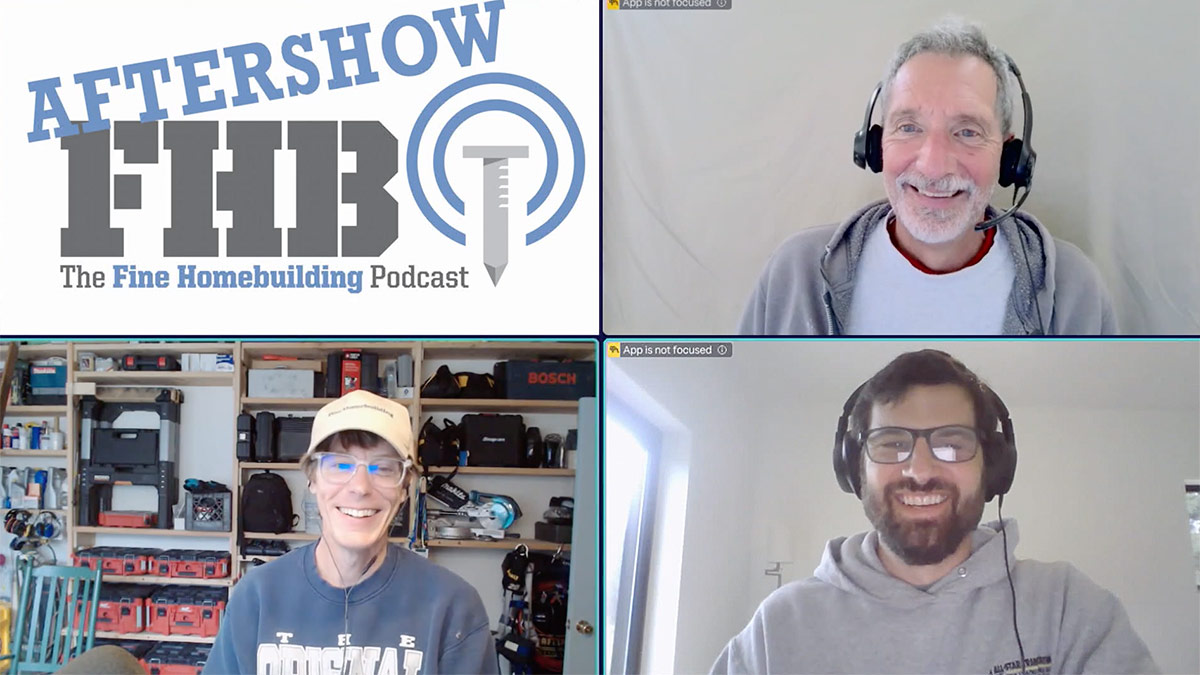































View Comments
Out west, quart & gallon bottles of "Copper-Green" liquid 10% copper naphthenate solution are sold right next to the pressure treated posts in the big box stores & hardware stores. I paint it on the factory cuts, as well as any raw cuts, makes a huge difference in how long posts last in the ground.